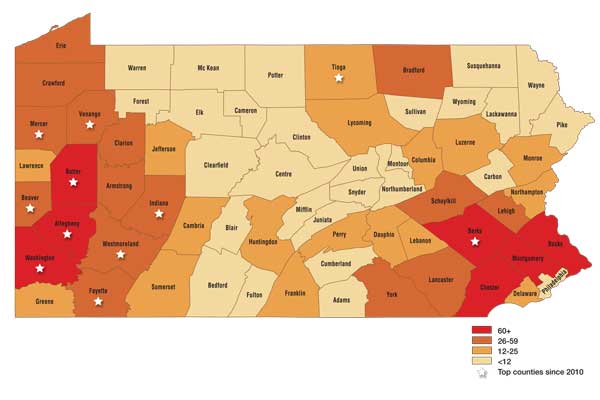yoderjac
5 year old buck +
Evidently my QDMA membership has not run out yet as I received the latest Quality Whitetail magazine today. It had a well done article explaining some of the latest research. The big take away list I got was:
1) When you buy, focus on dirt.
2) Forget about genetics. Other studies show you can't do anything about it in a free ranging herd. This article confirms that it is generally not a limiting factor.
3) Don't skimp on proper liming or P fertilization.
Thanks,
Jack
1) When you buy, focus on dirt.
2) Forget about genetics. Other studies show you can't do anything about it in a free ranging herd. This article confirms that it is generally not a limiting factor.
3) Don't skimp on proper liming or P fertilization.
Thanks,
Jack

